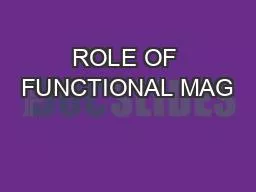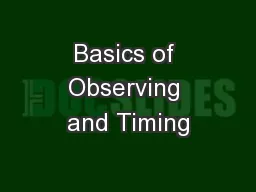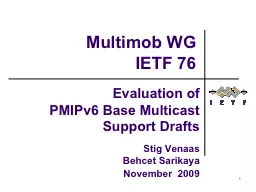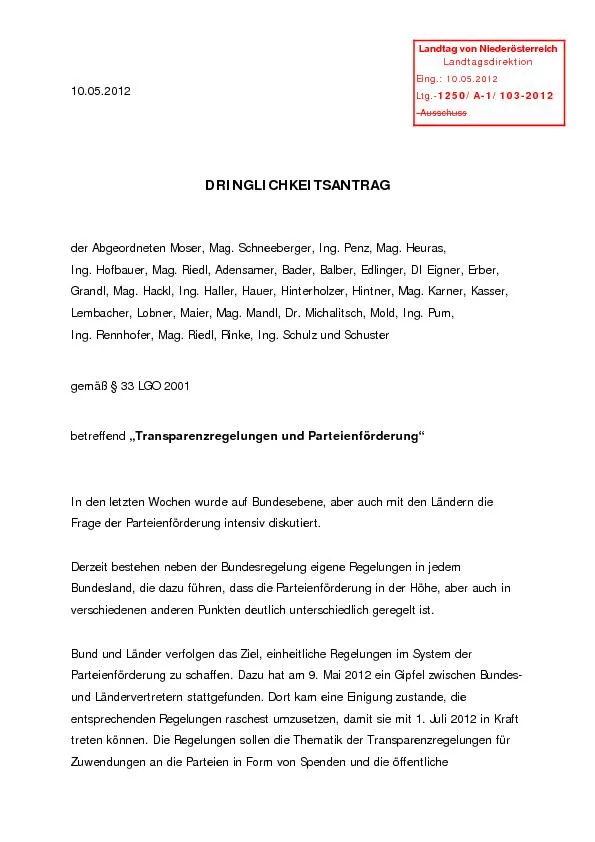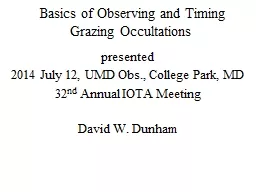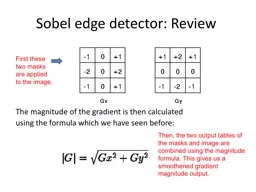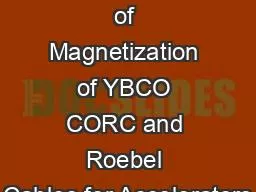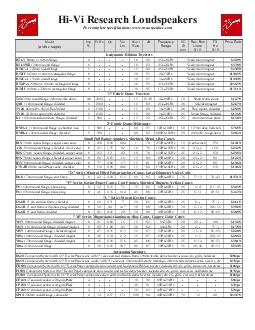PDF-ROLE OF FUNCTIONAL MAG
Author : billiontins | Published Date : 2020-11-19
i NETIC RESONANCE IMAGING fMRI DIFFUSION TENSOR IMAGING DTI AND VOXEL BASED MORPHOMETRY VBM FOR PRESURGICAL LATERALIZATION OF LANGUAGE IN PATIENTS WITH EPILEPSY A
Presentation Embed Code
Download Presentation
Download Presentation The PPT/PDF document "ROLE OF FUNCTIONAL MAG" is the property of its rightful owner. Permission is granted to download and print the materials on this website for personal, non-commercial use only, and to display it on your personal computer provided you do not modify the materials and that you retain all copyright notices contained in the materials. By downloading content from our website, you accept the terms of this agreement.
ROLE OF FUNCTIONAL MAG: Transcript
Download Rules Of Document
"ROLE OF FUNCTIONAL MAG"The content belongs to its owner. You may download and print it for personal use, without modification, and keep all copyright notices. By downloading, you agree to these terms.
Related Documents

